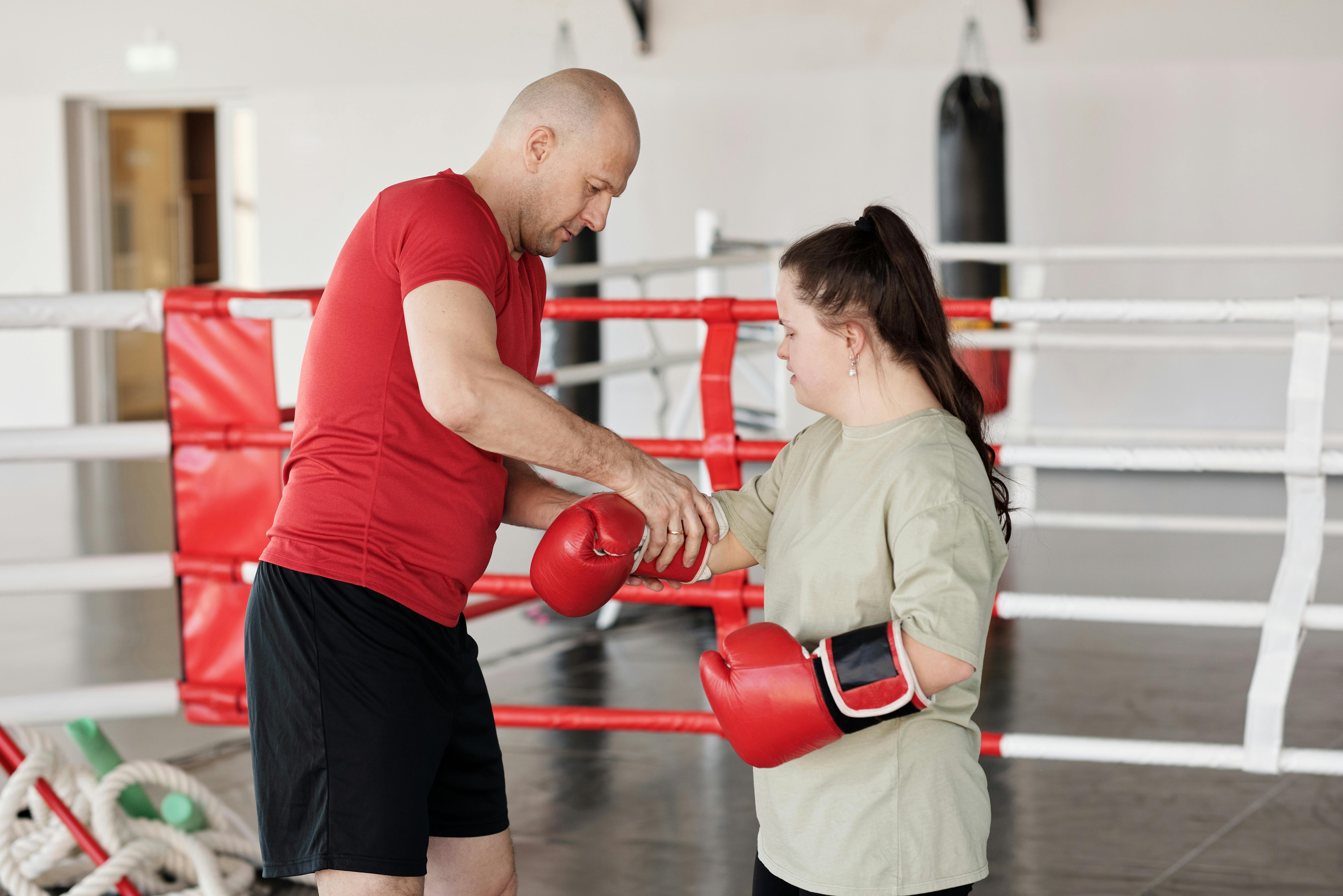Improve soccer speed immediately with four simple exercises

What is the best way to increase speed for soccer?
improve acceleration!
This means reaching maximum speed in the shortest possible time. Soccer requires short, intense bursts of speed, and the most successful are those that can reach top speed quickly. Do you remember Barry Sanders? He’s not the fastest guy in the field, but no one accelerated better, which is why he was so hard to take down.
However, teaching acceleration can be tricky. It requires the athlete to apply more force to the ground during the push to achieve a longer stride and cover more ground. Explaining this concept to any athlete, especially the younger ones, makes them think too much. This is where simple obstacle exercises can make it infinitely easier by making technical improvements more automatic.
The hurdles used for these exercises are only 6 and 12 inches high, but spaced correctly will force a longer stride length. Athletes should be instructed to push harder rather than stretch to overcome obstacles. Adequate space will also force the athlete to stay lower and lean more forward to put the hips and legs to greater mechanical advantage for pushing. It also forces a more powerful arm movement.
By adding a plyometric component to these exercises, athletes will also learn how to land correctly. By simply timing them through the drills, they quickly learn how to land correctly with good body control because it significantly improves their times. Landing hard with stiff legs will slow them down, compared to a soft, quiet landing which results in increased acceleration and reduced times.
Here are four exercises guaranteed to improve acceleration:
1) Starts with hurdles – these are ten yard sprints using 1 to 3 hurdles (6″ high). Space the hurdles far enough that the athlete will have to push hard to clear each one. Use one hurdle initially to improve the first step and eliminate hurdles. stuttering steps, then progress to 3. Start from a standing position or from a point of three.
2) 12″ Hurdling to run over 2 hurdles – jump from two feet over a 12″ hurdle, land on two, then speed over the next two hurdles for a total of 10 yards. Again, the hurdles should be spaced progressively to force more momentum.
3) 12″ Hurdling to run laterally over 2 hurdles – Same idea as no. #2, but move the obstacles to the side to force a slash and then run. Start with the fences at a 45 degree angle up to the 12″ fences, progress to a 90 degree cut.
4) One-Legged Jumping for Running – Place three six-inch fences at the same distance. Jump over each obstacle with the same leg, then run 10 yards. Begin by having the athlete lock onto the landing in a single-legged squat position between the first two hurdles to force good landing technique. When they land on the third hurdle, immediately push your landing leg into the sprint portion of the drill. Advance by accelerating the jumps between the obstacles.
tips for success
- The hurdles must be properly spaced to force the athlete to push harder. If they are too far apart, they will try to catch up to get past them. The difference between pushing and reaching is obvious to both the coach and the athlete.
- Do these exercises by position or with children of similar ability. Skilled players tend to be faster off the line and can handle more space between obstacles. Larger athletes tend to need less space, too much will make steps stutter.
- Be creative. There are several ways to alter these exercises to make them more challenging. Incorporate different jumps or change the direction of the sprints. Have your lineman stop them, throw to receivers during the jump, then speed over obstacles, etc.
- Just so you know it works, time the 10-yard dash with no obstacles. Add 3 properly spaced hurdles and run again. Times will drop immediately in most cases. Some kids will need a few repetitions to learn, but all of my athletes improve in three tries.